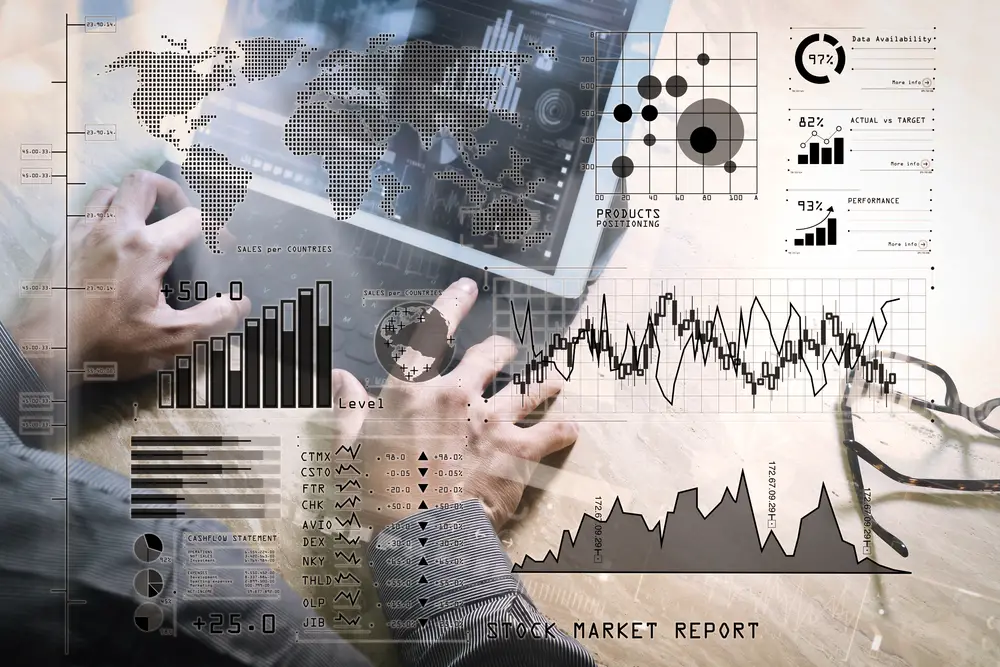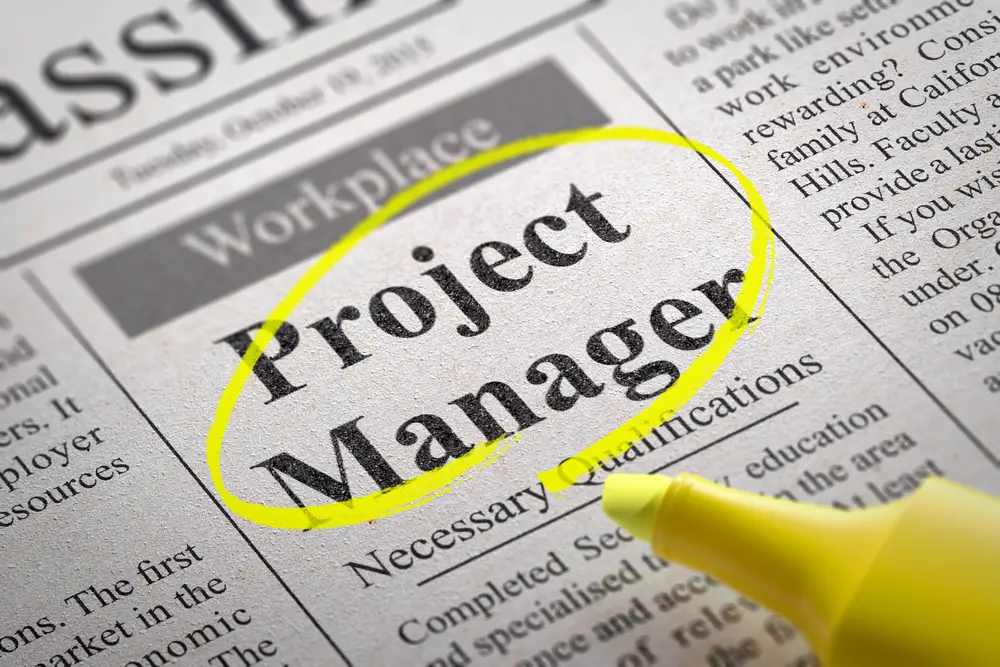Managing a project is no easy task. It can be an intricate and complicated process, and it’s important to know what risks may arise while managing your project. Knowing what key risk indicators to watch out for can help you understand when a project is at risk of not meeting its goals.
Risk managers have an extensive understanding of the methods of risk management. Risk Identification and Assessment should take place incrementally and dynamically. Audits must be streamlined and updated to reflect rapid change in the operational risk management environment and change the risk assessment processes.
The key risk indicators (KRIs) help companies identify emerging risks and improve the company’s future performance. It will help protect the organization’s operations from various threats that might hinder its business plan. The security of the premises carries out the following:
Organizations now face dynamic conditions. Risk is everywhere in your business and especially in relationships with others. In many organizations, risk assessments include a number of risk assessment components: sourcing and procurement, sourcing suppliers, and engaging in new partnerships.
Sadly cloud-based services have become the major threat facing businesses today. Enterprise risk management is identifying, measuring, and managing risks. A business must define measurable risks to identify the most critical ones.
Anyone who’s ever worked on a project knows that things can go wrong, especially project managers and the best way to stay ahead of strategic risks is to monitor key indicators. But what exactly are key risk indicators, and how do you know which ones to track? In this blog post, we’ll look at the different risk indicators that should be monitored in project management and discuss why they’re important.

What are Key Risk Indicators?
Key risk indicators (KRIs) are metrics used to measure the success or failure of a project. They provide an early warning system when things start to go off track, allowing managers to take corrective action before any serious damage is done to business objectives.
Key risk indicator also helps improve overall performance by providing an objective measure of success or failure. This allows managers to identify areas of improvement and make changes accordingly. Developing key risk indicators includes deriving key risks and significant risks of the project.
After this, you need to develop key risk indicators targeting the key risks of the project and its risk exposure.
Project Risk Management
Project risk management is an integral process of planning, identifying, and analyzing all potential risks associated with a project. It requires knowledge and precision to identify all the known and unknown risks that may arise during the project. A project risk register is produced to monitor risks during the risk control self-assessment exercise.
An effective risk management strategy can benefit everyone associated with the project, from the stakeholders to the project managers, by ensuring potential pitfalls are managed or eliminated before they become a reality.
It’s also essential to keep projects on schedule, within budget, and free of stress – allowing all team members to focus on getting the best possible results from their efforts. Making appropriately informed decisions proactively is key to successful risk management. Planning ahead properly pays considerable dividends when implemented correctly.
Key Risk Indicators, or KRIs, are an integral part of risk management, as they provide an early warning system that allows project managers to identify potential risks before they become a major issues. Kris focuses on potential threats from outside forces and internal risks associated with the project itself.
With KRIs in place, project teams have the means to proactively address issues instead of reacting after consequences have already taken place. Utilizing KRIs is not only beneficial for reducing risk; it can also help improve communication and collaboration between team members, making for a more efficient and successful result for everyone involved.
Differences Between Key risk Indicators Vs Key performance indicators
There is often a lot of confusion in keeping Key Risk Indicators (KRIs), and Key Performance Indicators (KPIs) separate and understanding the differences between them. While they are both metrics that measure performance, KPIs focus on measuring the performance of an organization and its progress toward reaching goals, while KRIs measure potential risks and their impact on those same goals.
KRIs help assess the level of risk posed by changing market conditions or other external factors that could negatively affect an organization’s objectives, while KPIs monitor performance indicators at different levels to ensure set targets are being achieved.
A combination of KRIs and KPIs can give businesses a comprehensive look into how well their processes, services, and projects are actually working and what risks are present to make successful future predictions.
Types of Project Risk Indicators
Several types of KRIs should be monitored in project management. The most common include deadlines, budgeting, milestones, customer satisfaction, resource availability, contingency plans, and quality assurance.
Each KRI should have a specific target value associated with it so that managers can easily monitor progress against these targets. For instance, if a deadline is approaching, but there isn’t enough time left to complete the project within the allotted timeframe, this KRI would indicate that something needs to change for the project to succeed.
Other KRIs, such as customer satisfaction and resource availability, can help provide insight into how well a team works together or whether outside help may need to be brought in for certain tasks.
Key risk indicators in project management can include cost overruns, schedule delays, and reduced quality.
Other key risk indicators can include workforce reductions, increased subcontractors use, and project scope changes. Project managers should also monitor potential market changes that could impact the project.
You can identify key risk indicators dependent on risk appetite statements of the projects and include the following examples:-
-Progress against the schedule
-Budget and expenditure against the plan
-Resource utilization
-Quality of work delivered vs. requirements
-Compliance with standards and regulations
-Customer satisfaction levels
-Team morale
Why Monitor Key Risk Indicators?
Monitoring key risk indicators help ensure that projects stay on track and run smoothly from beginning to end. By tracking these metrics throughout the life cycle of a project, managers can quickly identify any potential issues before they become major problems and take corrective action accordingly.
This allows for better planning and execution of projects and more accurate reporting on progress and results. Additionally, monitoring KRIs provides valuable insight into areas where improvement is needed so that teams can continue striving towards excellence in their work.
Benefits of Using KRIs
Using KRIs provides several key benefits for your projects:
• Increased Visibility: By monitoring key risk indicators throughout the life cycle of your project, you gain visibility into potential problems before they become unmanageable. This gives you time to adjust and address any issues before they spiral out of control.
• Improved Decision-Making: Monitoring key risk indicators helps you make better decisions when faced with difficult choices during your projects. You are able to look at data objectively and make decisions based on facts rather than emotions or guesswork.
• Better Communication: Keeping track of key risk indicators helps ensure that everyone involved in a project is on the same page regarding understanding potential risks and their consequences. This makes communication between all stakeholders smoother and more efficient throughout each stage of the project’s life cycle.
How to implement Key Risk Indicators for Projects
Implementing key risk indicators for projects can be invaluable in helping to reduce potential risks. Identifying Key Risk Indicators (KRIs) allow organizations to anticipate, track and manage risks before they have a chance to impact the project negatively. It is important for organizations to understand that risk identification should start early in the planning phase, as this will give them better visibility into the health of their project.
Once KRIs are identified, they should be tracked throughout the project’s lifecycle to gauge progress and pinpoint areas needing additional attention or further analysis. Finally, having processes in place to regularly review and assess KRIs can provide valuable information on changes that could occur and the necessary steps to take corrective action.
Risk Tracking and Mitigation Techniques
The first step in identifying key risk indicators is tracking potential risks. When tracking any potential risks, it’s important to consider the cost, resources, timeline, and deliverables associated with that risk.
Once these factors have been identified, it’s important to analyze each one for potential problems. This analysis should focus on the short-term and long-term consequences of potential risks.
Once you have identified potential risks, developing mitigation techniques to reduce or eliminate them is important. These mitigation techniques could include developing backup plans or resources if something doesn’t go as planned or implementing contingency plans if certain conditions aren’t met by a certain date.
The goal here is to minimize the impact of any unforeseen issues that could arise during the course of the project.
Monitoring Progress and Reporting Results
One of the most important aspects of effective project management is monitoring progress throughout the project’s life cycle. This includes keeping track of milestones that need to be met and any changes or updates that may happen during this time frame.
Monitoring progress also entails understanding where things stand at any given point in time so that adjustments can be made if necessary. It also helps you identify areas where improvement can be made, so that future projects run more smoothly and efficiently than previous ones did.
Reporting results accurately and regularly keeps everyone involved up-to-date on progress and any changes or updates that occur throughout the life cycle of a project. Monitoring risk results quickly allows for quick decision-making, preventing major issues from escalating down the road due to a lack of communication among stakeholders or team members working on a particular project initiative.

Conclusion
Understanding key risk indicators in project management is essential for successfully completing projects on time and on budget with minimal surprises along the way. Understanding these key risk indicators will help you avoid costly mistakes while ensuring success with every new venture!
Keeping an eye on key risk indicators throughout a project’s lifespan is essential for success; it helps ensure deadlines are met, budgets stay within allocated limits, milestones are hit without issue, customer satisfaction remains high throughout development stages, resources availability remains stable for all involved parties, contingency plans remain effective.
Last but not least important – quality assurance measures remain consistent, ensuring accuracy & outcomes meet required standards & expectations while leading towards successful completion & delivery of projects! Monitoring these metrics will allow managers to quickly identify any potential issues before they become major problems and take corrective action accordingly – ultimately leading to the successful completion & delivery of projects!

Chris Ekai is a Risk Management expert with over 10 years of experience in the field. He has a Master’s(MSc) degree in Risk Management from University of Portsmouth and is a CPA and Finance professional. He currently works as a Content Manager at Risk Publishing, writing about Enterprise Risk Management, Business Continuity Management and Project Management.


